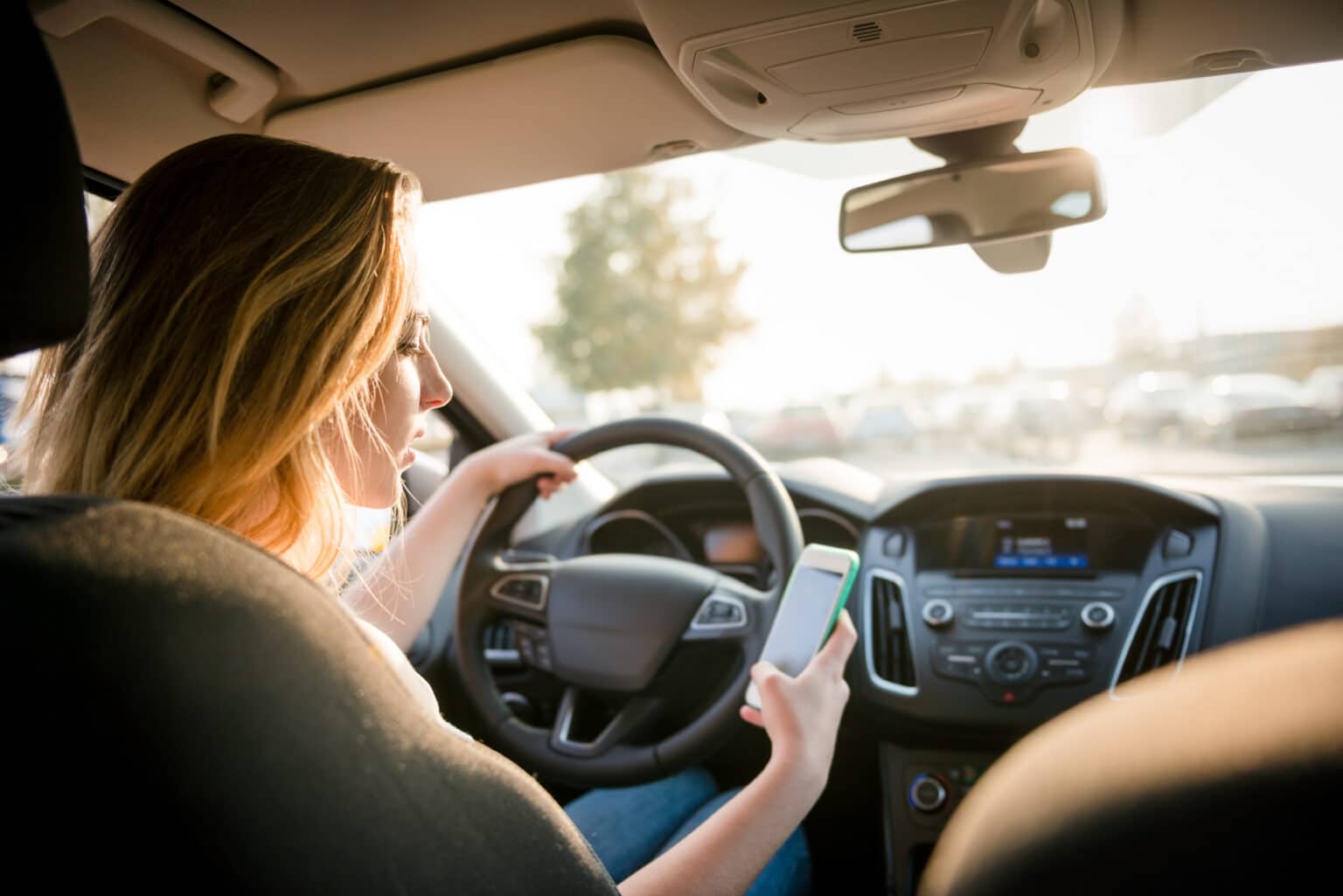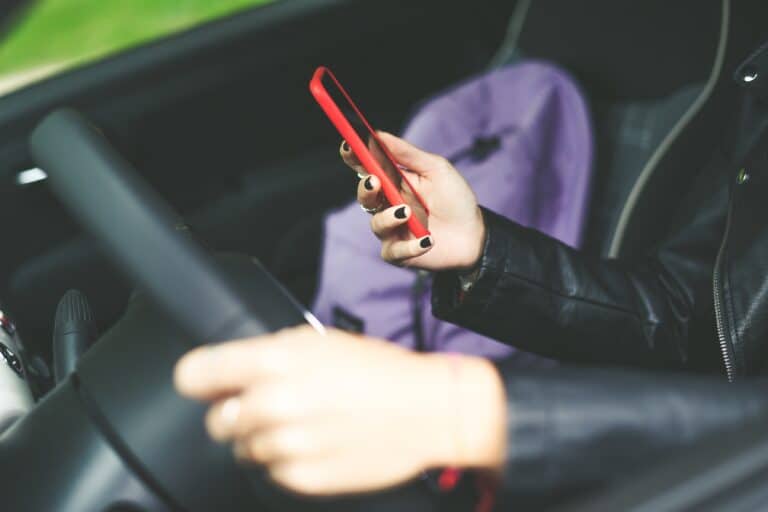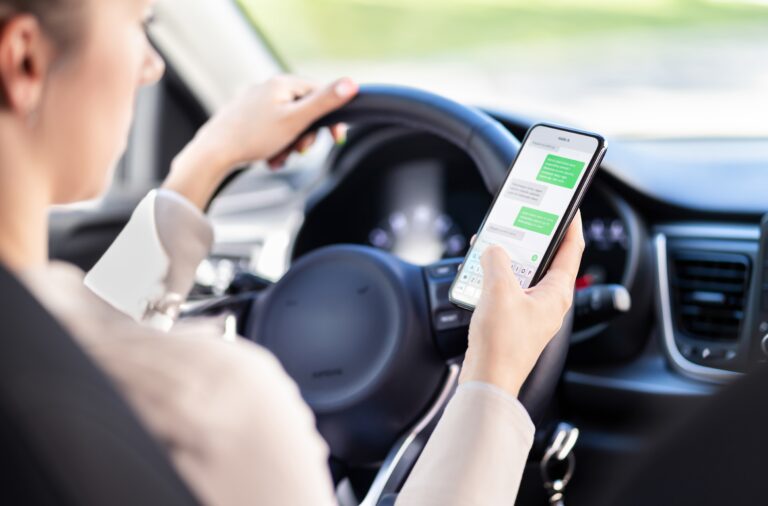Did you know that Texas ranks as the second most dangerous state for teenage drivers? Car crashes continue to be a leading cause of death for teens in the United States, with Texas alone recording over 10,000 fatalities and injuries each year.
Younger drivers face a higher risk of collisions compared to adults. Teen drivers aged 16 to 17 are three times more likely than adults to be involved in deadly crashes, while 16-year-old drivers have a collision rate 1.5 times higher than those aged 18 to 19.
The newfound freedom that comes with driving can result in many young drivers underestimating risks on the road. Teens often fail to recognize dangerous situations while driving, making them more vulnerable to vehicle collisions.
What are the current teenage driving laws in Texas?
It is crucial for all drivers to adhere to traffic laws while operating a motor vehicle. However, teen drivers face additional restrictions due to the high risk associated with their age group.
Texas has implemented specific driving laws aimed at reducing the number of teen car crash deaths. It is important for both teens and their parents to familiarize themselves with these rules to ensure safety and avoid penalties. Adhering to these laws will help teenagers develop responsible driving habits.
To obtain a driver’s license in Texas, teens must go through a multi-stage process called the Graduated Driver Licensing (GDL) program. This program allows new drivers to gradually improve their driving skills over time in lower-risk environments. As teens get older, they gain additional road privileges.
Here are the steps involved:
1. Obtain a Learner License:
- Start the GDL program at age 15.
- Successfully complete the required GDL program and pass the written exam.
- With a learner license, teens are only permitted to drive when accompanied by a licensed adult who is 21 years old or older in the front seat.
- Drivers under 18 must hold their learner license for a minimum of six months before progressing to the next stage of the graduated license program.
2. Obtain a Provisional License:
- At the age of 16, apply for a provisional license.
- More freedom and independence compared to a learner license. However, there are several restrictions that provisional license holders must follow:
- Don’t drive with more than one passenger under 21 (excluding family members).
- Don’t drive between midnight and 5:00 a.m., except for school-related functions or work.
- No use of mobile devices while driving, including hands-free devices.
- Zero tolerance for alcohol. Any trace of alcohol in the driver’s system can result in criminal offense charges.
- Minors convicted of tobacco-related offenses may face license suspension.
3. Obtain an Adult License:
- Assuming compliance with Texas teen driving laws and safe driving practices, teens can graduate to an adult license when they turn 18.
In addition to the graduated license program, Texas has enacted distracted driving laws aimed to reduce the use of devices while driving.
For drivers under the age of 18, it is illegal to use a cell phone or any handheld device while driving. Violations of this law can result in fines of up to $200. However, collisions resulting in injury or death may lead to additional fines of up to $4,000 and possible jail time.
Why are teens more at risk for vehicle collisions?
Crashes can happen for a variety of reasons, but statistics show that teens are more susceptible to risky driving behaviors.
Teen drivers are more vulnerable to hazards and prone to mistakes while driving due to inexperience and potential immaturity. Unsafe behaviors include distracted driving, not wearing seatbelts, speeding, driving under the influence, and driving while fatigued.
- Distracted Driving: Phone use, eating, and chatting with passengers diverts a teenager’s attention from the road, increasing the chances of a collision.
- Failure to Wear Seatbelts: Many teens disregard this essential safety measure that can significantly reduce the risk of injury or death in a crash. In 2021, 45% of teens killed in vehicle crashes were not wearing seat belts.
- Speeding: Inexperienced and thrill-seeking teenagers may underestimate the dangers of exceeding speed limits. This can lead to loss of control, reduced reaction time, and a higher likelihood of collisions.
- Driving Under the Influence: The impairing effects of substances can severely affect a teen’s judgment, coordination, and reaction time.
- Fatigue: Teens often have busy schedules, leading to a lack of sleep. A lack of sleep impairs concentration and reaction time on the road. Sleep-deprived driving can be as dangerous as drunk driving.
How can you promote responsible driving habits for teenagers?
Parents must practice responsible driving and set rules for their teens. As role models, parents should emphasize the importance of safe driving, reminding their teens that driving is a privilege that can be revoked if they’re irresponsible.
To mitigate the risks associated with inexperienced driving, it is essential to teach teens how to drive in various conditions, such as rain, wind, and snow. Additionally, hiring a professional driving instructor can provide additional hands-on training that complements the knowledge gained from driver’s education courses.
By addressing these issues and fostering responsible driving habits, we can help protect our teens and ensure their safety on the road.










